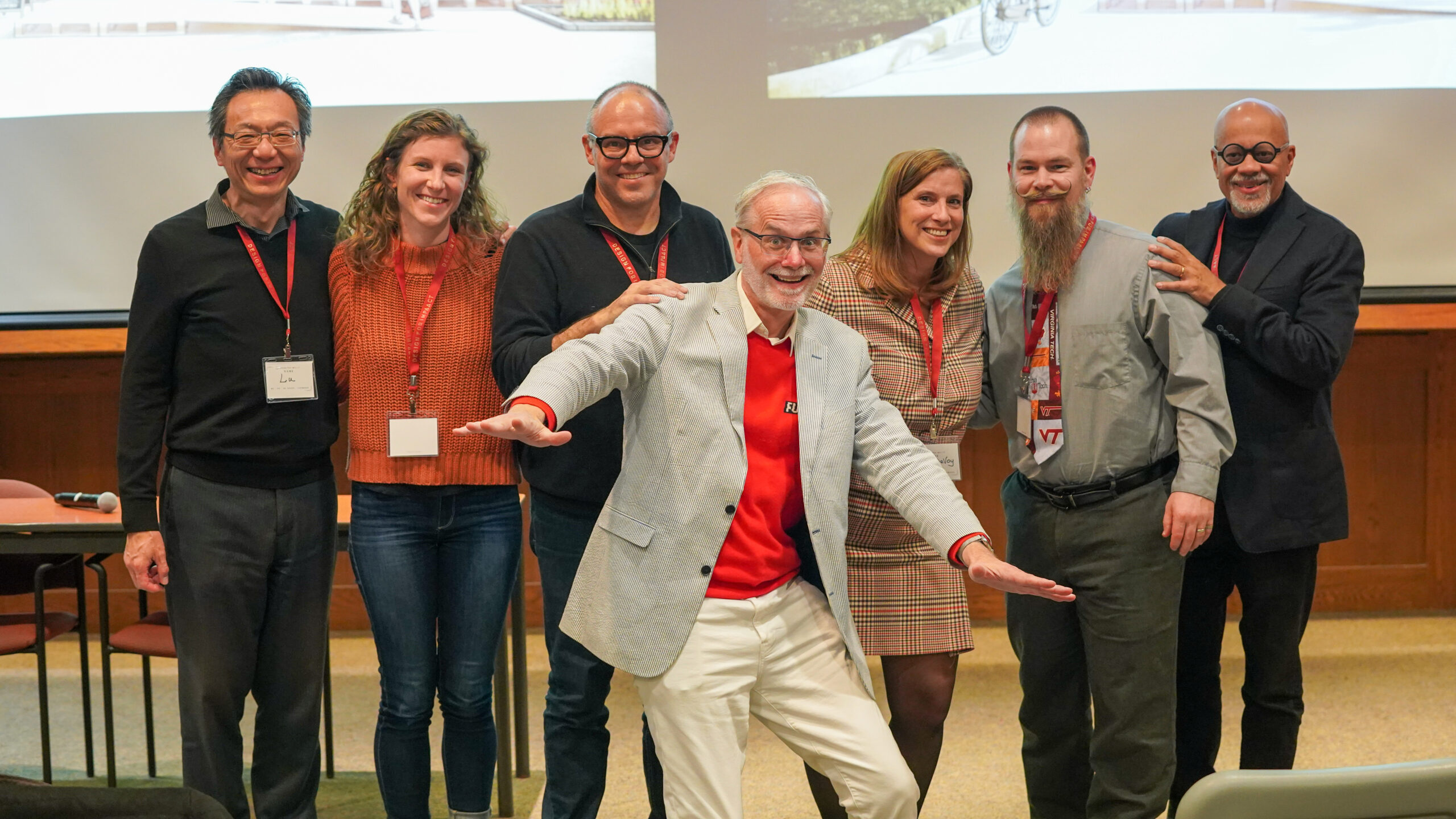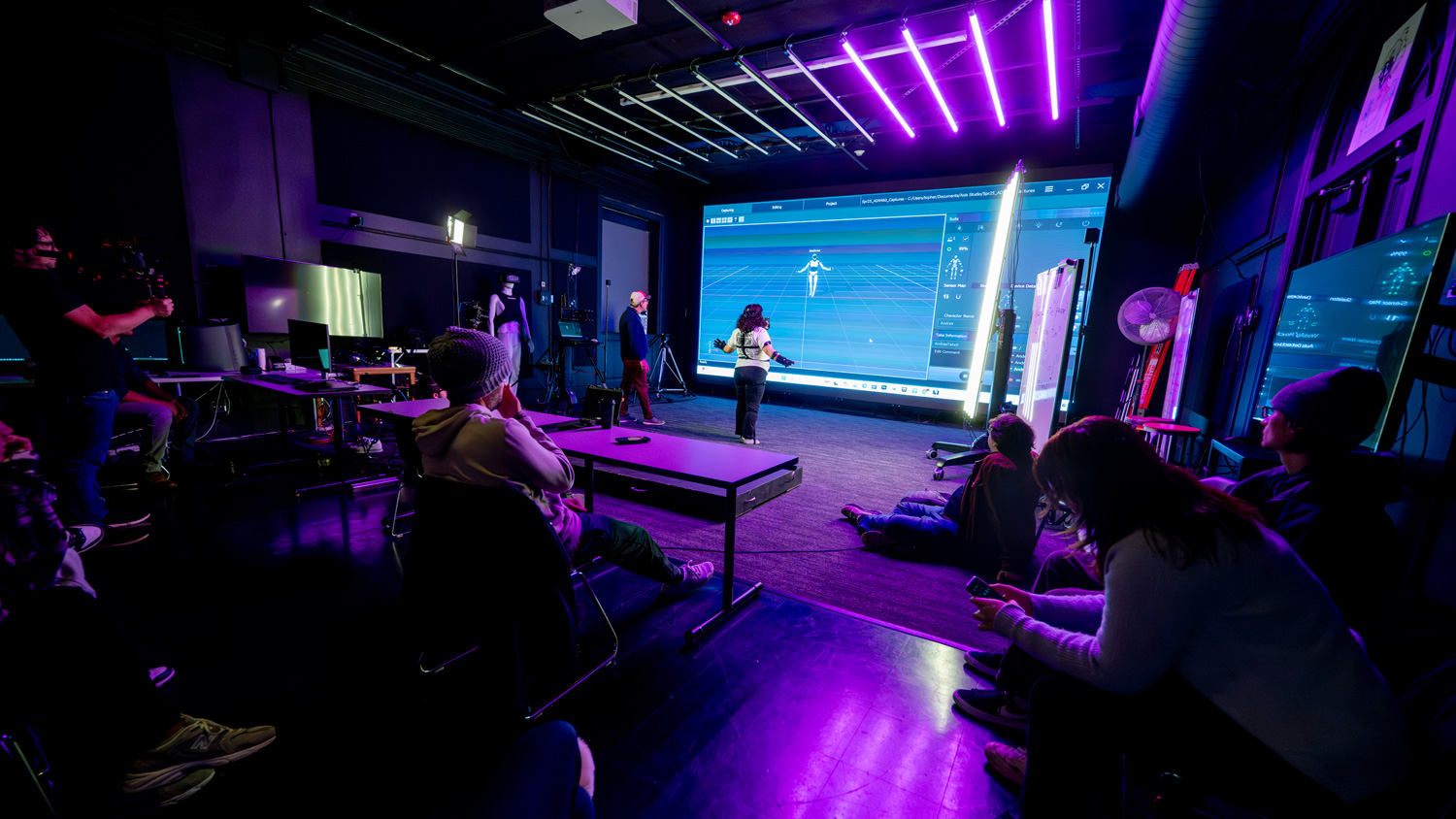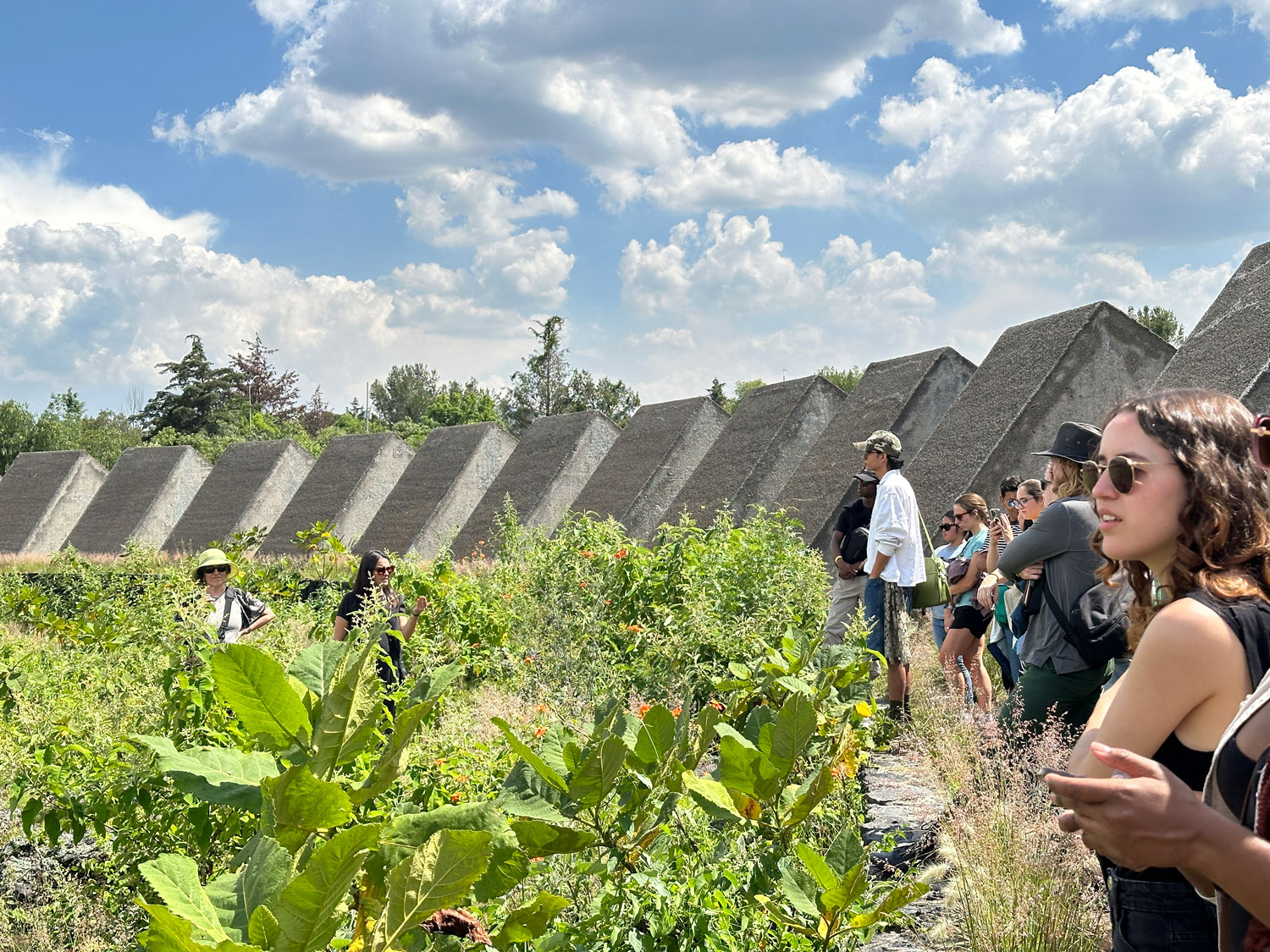Design For ImpACCt Promotes Design Innovation To Solve Social Problems

This article was written by Beth Verghese for Boston College and is republished here. For the original article, please visit The Heights.
_____________________
During an ACC academic conference in September of 2019, Julia DeVoy wrote the words “design thinking and innovation” on a sticky note. Reflecting on this topic, DeVoy led a small group discussion with three other academics. Then, the idea behind the Design for ImpACCt program was born.
“I personally fell in love with the idea because it was so clearly aligned with our mission here at Boston College and with Jesuit pedagogy,” said DeVoy, associate dean of the Lynch School of Education and Human Development.
Design for ImpACCt fosters collaboration between Boston College, Virginia Tech, Clemson University, and North Carolina State University students, encouraging them to engage in interdisciplinary “design thinking” together. DeVoy planned the program with Dan Harding, the director of graduate architecture programs at Clemson, and Tsai Lu Liu, a professor of industrial design at NC State.
Students with wide-ranging majors work in teams at the program’s design summits every year, developing creative solutions to real-world social problems, according to DeVoy. Design thinking, she said, begins with empathy.
“It begins with asking a question such as, ‘Why are people going hungry? Why is so much food going to waste?’” DeVoy said. “With this social issue in mind, a team then begins to develop a solution to this problem.”
The Design for ImpACCt program officially began in 2019 with its first summit, which was held virtually due to the far distance between each school. The showcase of these students’ design ideas felt like magic, according to DeVoy.
“We knew we had to do it again,” DeVoy said. “Through the pandemic in 2020, it remained virtual, but [the virtual format] was not anything we weren’t used to.”
In 2021, Design for ImpACCt held its first in-person summit, with students traveling to NC State and then BC. DeVoy said it was amazing to see students come together and share their ideas in person. After seeing the summit’s success, DeVoy said she looked to expand the program and worked with multiple BC administrations to plan the 2022 summit, which BC hosted this past November.
Currently, DeVoy leads the BC contingent of the program, Kathryn Wozniak and Lu Liu lead NC State, Harding leads Clemson, and David Gray leads VT. DeVoy explained that Design for ImpACCt combines not only a wide range of disciplines but also different educational levels because both undergraduate and graduate students work together at the program’s summits.
According to DeVoy, solutions to the world’s challenges do not come exclusively from a certain discipline—rather, these solutions are found at the intersections of disciplines.
“It’s all about finding that intersection,” DeVoy said. “We have applied psychology and teacher education [majors] working with engineers, and finding the intersection of the two fields is where these solutions lie.”
Lauren Bennett, LSEHD ’24, participated in the 2022 summit and said she was the only BC student on her team. Bennett worked alongside students from different colleges with various majors. She said the mix of students allowed each person to play to their own strengths.
“I was kind of the writer for the group because [I] write a lot of papers as a psychology major,” Bennett said. “And the architecture students were doing a lot of the graphics because they have to do a lot of that for their study.”
Yuka Hayashi, a graduate assistant at BC’s Office of Undergraduate Programs, coordinated the event management aspects of the summit. Hayashi said she wanted to be involved with Design for ImpACCt because she was naturally drawn to the program’s design thinking element.
“It’s an innovative process that’s very interdisciplinary and human-centric,” Hayashi said. “And, I mean anyone can get involved. Although a lot of the BC students were Lynch [students], from other schools they were engineering students or graduate students. … It was a cool mix.”
Bennett and her group pitched Harvest Boxx, a product design proposal that aims to eliminate food waste. The team created a product that keeps produce fresh as it ships.
“The whole idea of this ‘design for impact’ is designing for social impact, and as an applied psych major I have learned so much about social justice,” Bennett said. “And so I was able to help my team in that sense … and to help keep the person at the center of our design.”
Bennett said the most rewarding aspect of the summit was hearing other students’ perspectives on these social issues, with a diverse cross-disciplinary and cross-collegiate mix of backgrounds.
“It was such a unique experience being able to interact with people from different majors, studying different things from different colleges, with different life experiences,” Bennett said. “It was also this concept of entrepreneurship and mentorship that I really have not been exposed to before.”
DeVoy emphasized how, of the 11 BC undergraduate student participants, nine of them identify as women. There is a critical role for women in design thinking and STEM, according to DeVoy. The female voice provides a deep sensitivity and human-centered approach to the issues discussed at the summits, she said.
“A lot of these social issues that the projects help to address disproportionately affect women,” DeVoy said. “I know that having these gender-identifying women on these teams has been incredibly helpful in collaborating across disciplines.”
Hayashi said female team members often aim to address issues of inequality, with some BC female participants focusing on issues such as sexual abuse safety.
“There’s, I guess, more sensitivity towards oppression and those ideas of social issues,” Hayashi said. “Which provides key insight when designing these human centered products. Sometimes I feel like women get erased in projects like these … but they really have the capacity to come up with these good solutions to make the world better.”
The program has grown from around 30 student participants at its start to 45 participants today, and DeVoy said other ACC schools are also looking to join. While she would love to take on as many students as she can, DeVoy said there are still restrictions—such as funding—to take into account.
BC Students participating in Design for ImpACCt receive three academic credits for their participation and write weekly reflections on their group work, which are then read by Hayashi.
“It was really interesting reading about when they were just in the brainstorming stage, and then in the end they had this prototype that we could actually build,” Hayashi said. “Getting to see their final presentations, after reading ideas of their work weekly, was really rewarding.”
Design for ImpACCt is a great example of how design thinking can be utilized in the real world, DeVoy said, as it models how policymakers and social activists can come together and brainstorm real-world solutions to social problems. To DeVoy, design thinking is the future.
“Design thinking should be used to bring people together to solve these problems,” DeVoy said. “Starting with empathy, defining, prototyping, and then piloting and developing and just people coming together and working in teams.”


